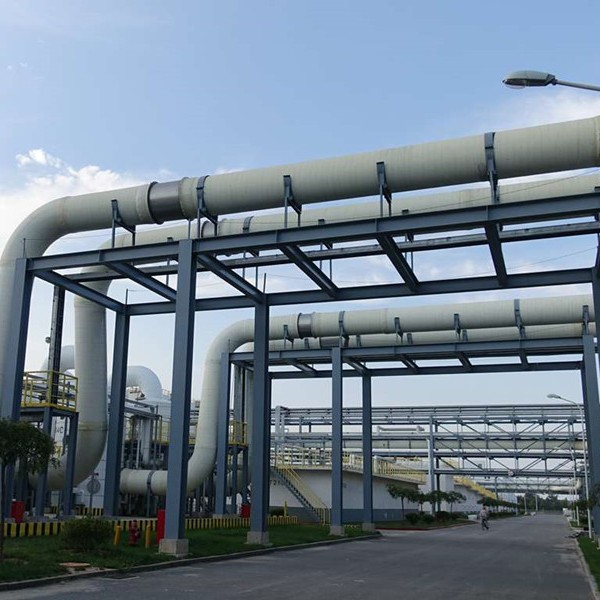
-
 Afrikaans
Afrikaans -
 Albanian
Albanian -
 Amharic
Amharic -
 Arabic
Arabic -
 Armenian
Armenian -
 Azerbaijani
Azerbaijani -
 Basque
Basque -
 Belarusian
Belarusian -
 Bengali
Bengali -
 Bosnian
Bosnian -
 Bulgarian
Bulgarian -
 Catalan
Catalan -
 Cebuano
Cebuano -
 China
China -
 China (Taiwan)
China (Taiwan) -
 Corsican
Corsican -
 Croatian
Croatian -
 Czech
Czech -
 Danish
Danish -
 Dutch
Dutch -
 English
English -
 Esperanto
Esperanto -
 Estonian
Estonian -
 Finnish
Finnish -
 French
French -
 Frisian
Frisian -
 Galician
Galician -
 Georgian
Georgian -
 German
German -
 Greek
Greek -
 Gujarati
Gujarati -
 Haitian Creole
Haitian Creole -
 hausa
hausa -
 hawaiian
hawaiian -
 Hebrew
Hebrew -
 Hindi
Hindi -
 Miao
Miao -
 Hungarian
Hungarian -
 Icelandic
Icelandic -
 igbo
igbo -
 Indonesian
Indonesian -
 irish
irish -
 Italian
Italian -
 Japanese
Japanese -
 Javanese
Javanese -
 Kannada
Kannada -
 kazakh
kazakh -
 Khmer
Khmer -
 Rwandese
Rwandese -
 Korean
Korean -
 Kurdish
Kurdish -
 Kyrgyz
Kyrgyz -
 Lao
Lao -
 Latin
Latin -
 Latvian
Latvian -
 Lithuanian
Lithuanian -
 Luxembourgish
Luxembourgish -
 Macedonian
Macedonian -
 Malgashi
Malgashi -
 Malay
Malay -
 Malayalam
Malayalam -
 Maltese
Maltese -
 Maori
Maori -
 Marathi
Marathi -
 Mongolian
Mongolian -
 Myanmar
Myanmar -
 Nepali
Nepali -
 Norwegian
Norwegian -
 Norwegian
Norwegian -
 Occitan
Occitan -
 Pashto
Pashto -
 Persian
Persian -
 Polish
Polish -
 Portuguese
Portuguese -
 Punjabi
Punjabi -
 Romanian
Romanian -
 Russian
Russian -
 Samoan
Samoan -
 Scottish Gaelic
Scottish Gaelic -
 Serbian
Serbian -
 Sesotho
Sesotho -
 Shona
Shona -
 Sindhi
Sindhi -
 Sinhala
Sinhala -
 Slovak
Slovak -
 Slovenian
Slovenian -
 Somali
Somali -
 Spanish
Spanish -
 Sundanese
Sundanese -
 Swahili
Swahili -
 Swedish
Swedish -
 Tagalog
Tagalog -
 Tajik
Tajik -
 Tamil
Tamil -
 Tatar
Tatar -
 Telugu
Telugu -
 Thai
Thai -
 Turkish
Turkish -
 Turkmen
Turkmen -
 Ukrainian
Ukrainian -
 Urdu
Urdu -
 Uighur
Uighur -
 Uzbek
Uzbek -
 Vietnamese
Vietnamese -
 Welsh
Welsh -
 Bantu
Bantu -
 Yiddish
Yiddish -
 Yoruba
Yoruba -
 Zulu
Zulu
large diameter fiberglass pipe
Large Diameter Fiberglass Pipe A Modern Solution for Various Industries
In recent years, large diameter fiberglass pipes have emerged as a remarkable solution for various industries that require effective and durable piping systems. These pipes, which are composed of a composite material made from fiberglass reinforced plastic (FRP), offer several advantages over traditional materials such as steel, concrete, and even standard plastic pipes.
Advantages of Large Diameter Fiberglass Pipes
One of the standout features of large diameter fiberglass pipes is their impressive strength-to-weight ratio. This means that while they are lighter than alternatives, they do not compromise on strength. This characteristic not only facilitates easier handling and installation but also reduces transportation costs. The lightweight nature of fiberglass allows for quicker installation times, which is a significant advantage in projects where time is of the essence.
Furthermore, fiberglass pipes exhibit excellent corrosion resistance. Unlike metal pipes that can deteriorate due to environmental factors or chemical exposure, fiberglass is impervious to a wide range of corrosive substances. This resistance is particularly beneficial in industries like chemical processing, wastewater treatment, and marine applications where corrosion can lead to significant long-term costs.
The versatility of large diameter fiberglass pipes also cannot be overlooked. They can be manufactured in various sizes and configurations to meet specific project requirements. This adaptability enables engineers to design efficient systems that precisely fit the needs of their projects, be it for transportation of water, sewage, or industrial fluids.
Environmental Benefits
large diameter fiberglass pipe

Another crucial advantage of fiberglass pipes is their environmental impact. The use of fiberglass is often regarded as more eco-friendly than traditional piping materials. The production process of fiberglass pipes generally consumes less energy compared to the production of steel or concrete pipes. Additionally, their longevity and resistance to corrosion mean that replacement cycles are extended, further reducing waste and the environmental footprint associated with infrastructure projects.
Moreover, fiberglass pipes are non-toxic, making them suitable for transporting potable water. The material does not leach harmful chemicals, which ensures the safety and quality of the water being transported. This characteristic is increasingly important in a world where water quality is paramount for public health.
Applications Across Industries
Large diameter fiberglass pipes are utilized across various sectors, including municipal water supply, sewage systems, agriculture, industrial manufacturing, and even offshore applications. Their ability to handle large volumes of liquids makes them ideal for water distribution systems in urban areas. In agriculture, these pipes facilitate irrigation systems that ensure efficient water delivery to crops, optimizing agricultural productivity.
In the industrial sector, the adaptability of fiberglass pipes enables them to handle varying pressures and complex layouts, making them suitable for processing plants that require reliable and safe fluid transport. Similarly, in marine environments, their corrosion resistance provides a significant advantage over traditional piping materials.
Conclusion
In conclusion, large diameter fiberglass pipes represent a leap forward in piping technology, offering numerous advantages over conventional materials. Their lightweight nature, corrosion resistance, and environmental benefits, combined with their versatility, make them an ideal choice for a wide range of applications. As industries continue to seek sustainable and efficient solutions, it is clear that large diameter fiberglass pipes are poised to play a pivotal role in the future of infrastructure development. With ongoing advancements in manufacturing processes and materials science, the potential for fiberglass pipes continues to expand, promising innovative solutions that meet the challenges of tomorrow.
Latest news
-
Exploring the Benefits of Top Hammer Drifter Rods for Enhanced Drilling PerformanceNewsJun.10,2025
-
High-Precision Fiberglass Winding Machine for GRP/FRP Pipe Production – Reliable & Efficient SolutionsNewsJun.10,2025
-
FRP Pipes & Fittings for Shipbuilding - Corrosion-Resistant & LightweightNewsJun.09,2025
-
Premium FRP Flooring Solutions Durable & Slip-ResistantNewsJun.09,2025
-
Premium Fiberglass Rectangular Tanks Durable & Lightweight SolutionNewsJun.09,2025
-
Tapered Drill String Design Guide Durable Performance & UsesNewsJun.09,2025









